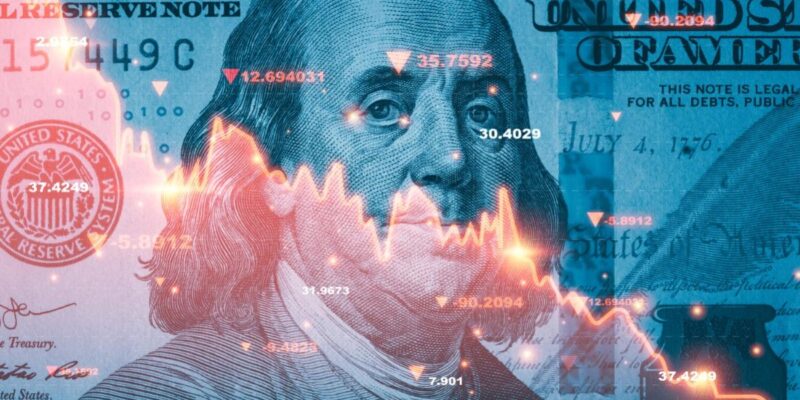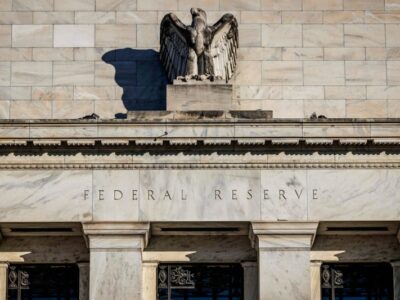
The Misesian tradition provides essential insights into the nature of capital. From Frédéric Bastiat to Murray N. Rothbard, Austrian capital theory excels.
Bastiat illustrated gains from capital by giving us the anecdote of the neighbor who wanted to borrow a timber planer. Rothbard gave us the examples of royalties in the extractive industry to illustrate capital consumption. The list goes on. Often, capital’s exceptional output is because it behaves as both nonlinear and time specific.
Historically, societies have been reluctant to tax gains from capital. For example, capital gains tax was only introduced in Australia in the mid-1980s. Many of the gains from capital assets continue to receive favorable tax treatment.
The Laffer curve attempts to model government revenue against a taxation rate. Rothbard criticized the Laffer curve by saying that it should be a “straight line.” I understand Rothbard to mean that at some point the tax collected from deployed capital does not gradually decline with an increased tax rate, as the Laffer curve would suggest. Rather, the tax collected on capital gains immediately halts due to capital’s opportunity cost. Capital shifts to alternative passive investments based on the entrepreneur’s subjective value and imputed costs. The concept can be illustrated by the following formula:
[expected gain from capital] + [starting capital] − [taxes]
must be greater than (>)
[interest] + [principal] on an alternative passive investment
The opportunity cost of capital is therefore the risk-free interest rate obtainable on a passive income stream. No self-respecting entrepreneur sets out to lose capital when they can just put the money on term deposit.
An equity capital investment becomes less attractive as deposit rates rise. An equity capital investment also becomes less attractive if capital consumption, via taxation, occurs. To use a sporting analogy, capital may “sit on the sidelines” as entrepreneurs consider alternate investments. That sideline is often interest-bearing deposits. Where the expected net gain from capital only equals the alternative passive interest income stream, then said passive income stream is the preferred investment for two reasons:
There is a lower chance of capital losses on the risk-free rate.There is a lower chance of capital consumption via taxation changes.
The first reason is straightforward. However, I see capital consumption as a more nuanced concept. Capital can be consumed in the production process via inappropriate taxation. Capital consumption via taxation also exacerbates the boom-bust cycle. Governments assure us they only ever tax the “gain” from capital and allow carry-forward losses, making the second point irrelevant or “a wash.” Revenue law concepts such as active assets, indexation, and capital allowance are all attempts to distinguish between a capital gain receipt versus a capital consumption receipt.
Extraordinarily lower taxation revenues during a bust are a stark warning for governments to ensure taxes do not consume and deter capital. The case for a competitive allocation of capital is found in marginalism.
To elaborate, as interest rates increase, capital’s opportunity cost increases. Capital requires a higher overall gain from equity to compete with the higher passive interest income. Increasing taxes on capital increases the chance of capital consumption. If an industry is faced with capital consumption by decree, there is only one strategy, a staged retreat strategy. Production ultimately halts. Hence, capital taxes divert resources from productive activities to passive, debt-yielding types of activities.
Wealth-destroying fiscal measures, such as taxes on capital, also cause the boom-bust cycle by halting capital on the margin, and the economy loses those extraordinary gains from the capital not deployed. A cluster of closures and lost productivity occurs as businesses exit the capital-consuming industry.
In a stagflating economy, the central bank often maintains the semblance of real interest rates. When negative real yields combine with capital consumption, it must surely be a race to the bottom.
In a free market, sound money provides a stable currency, and raising interest rates would be a function of society’s shorter time preference. Perhaps then, capital would not be so leveraged. Perhaps higher rates could be absorbed by an economy with only some risky, start-up-phase industries being rejected for passive investments. Rather, we have global financial crises every half decade with the, now routine, money printing and obscene bailouts. Perhaps a free-market economy would see closures occur only on the margins, like the VHS tape industry, with little disruption to the economy’s overall output and employment.
In chapter 15 of Human Action, Ludwig von Mises said, “The whole complex of goods destined for acquisition is evaluated in money terms, and this sum—the capital—is the starting point of economic calculation.”
Mises uses the example of a deer hunter to illustrate the concept of capital consumption, a term essential to modern accounting. Capital is the foundation of economic calculation for Mises. Capital is a complex of goods. Yet, capital is a concept only for monetary calculation.
In the introduction to Capital and Interest, Eugen von Böhm-Bawerk said income from capital flows “without any necessary limit to its continuance,” and capital can appear “capable of an everlasting life.”
To Böhm-Bawerk, the productive power of capital was miraculous. It is just a shame that legislatures never see capital from the Austrian perspective.








